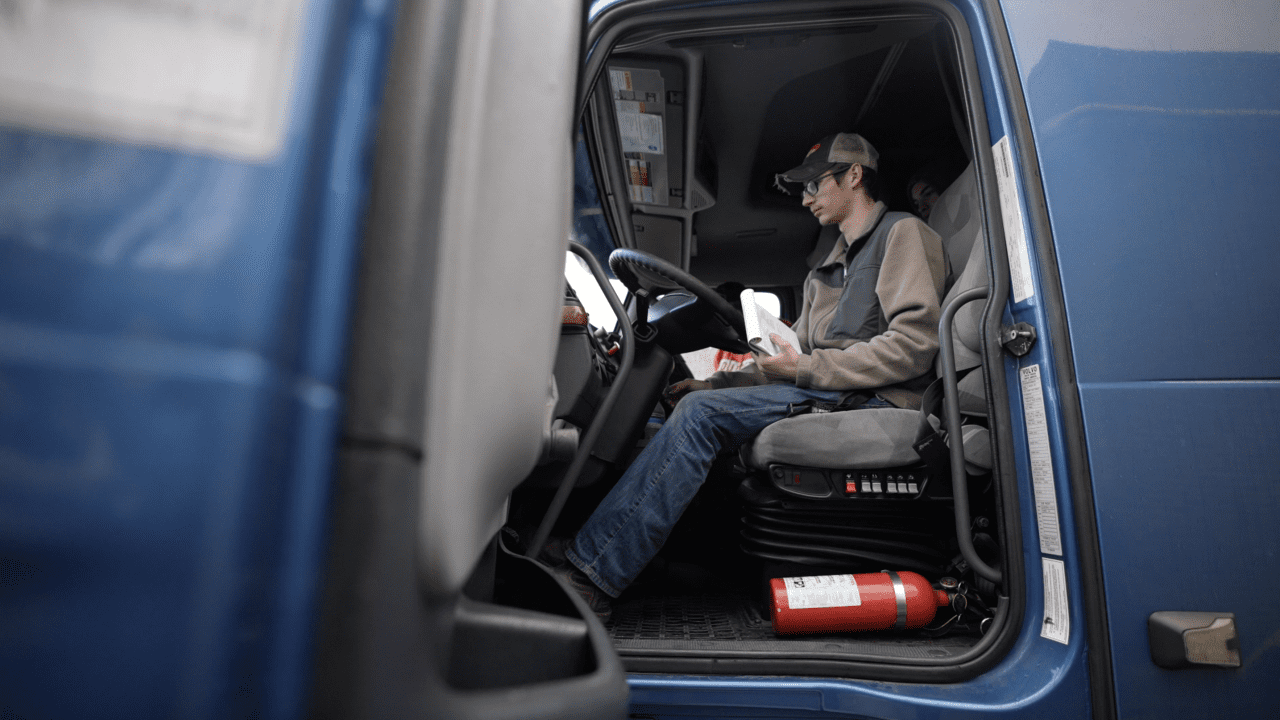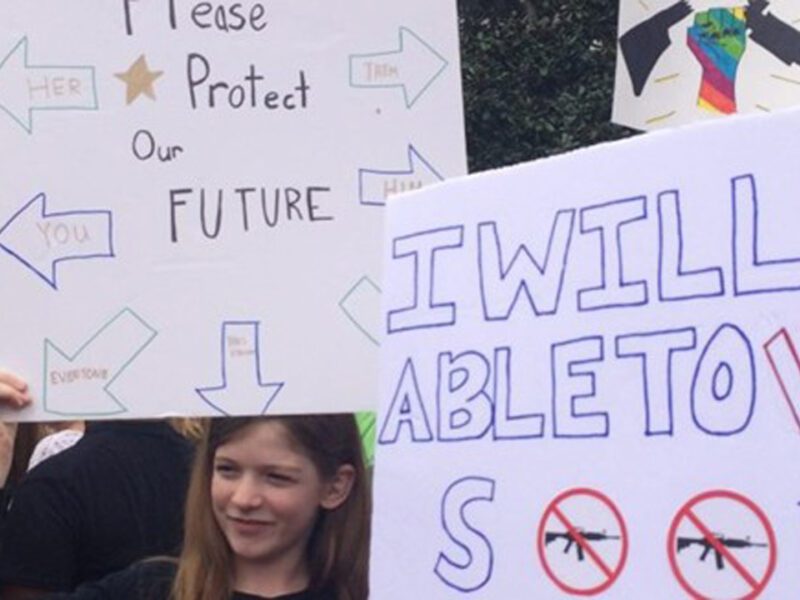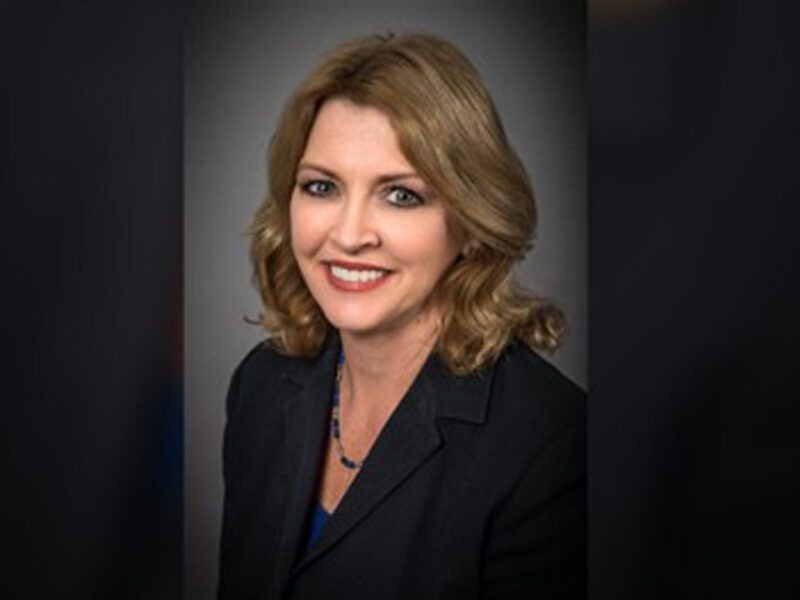High schools may be the solution to solving the truck driver shortage
ABC Action News | By Jessie Cohen | December 6, 2022
WILLIAMSPORT, Md. — There’s a feeling you get when you’re in the right place, and for high schoolers like Joshua Hewitt, that feeling comes with the rev of an engine.
“I’ve always been into cars, automotives, and stuff like that and my grandparents drive semis,” Hewitt said.
They never thought getting into the tractor unit of a semi would be a part of their curriculum, and Eric Young never thought he’d be teaching them.
“I’m still not sure what I want to do when I grow up so we’re looking at least into the mid-40s,” said Young, a technology education teacher at Williamsport High School.
Years ago, Young got his commercial driver’s license.
“A lot of teachers will work second jobs like bartender or carpentry, mine was truck driving,” Young said.
Now, he’s helping kids, who want an option beyond high school that isn’t college, prepare for their commercial driver’s license permit test.
“In June, after graduation, it is possible that they could come out and they could be earning basically what I’m earning after 20-something years of experience,” Young said.
There is a dire need for drivers in the trucking industry. The projection is companies will need to hire nearly 1.2 million drivers over the next decade. The federal government is piloting a three-year apprentice program, allowing 18-20-year-olds to drive commercial vehicles across state lines. Previously, you needed to be 21 years old to cross state lines so this is something that’s never been done before.
“Here, I can drive 15 minutes down 81 and end up in West Virginia or 20 minutes away and be in PA,” said Tucker Bubacz, a senior at Williamsport High School.
“With not allowing drivers to cross state lines, really, we’ve lost an entire generation of potential drivers,” Young said.
Why not have schools help find the right kids? That’s what went through assistant principal Adam Parry’s mind.
“So, the pendulum has swung away from the trades component and it’s very much towards the college readiness aspect of it and as a result, you end up with this new gap,” Parry said.
For the first time, at Williamsport High School in Maryland, students can take an introduction to trucking course through a partnership with a local community college.
“You can get dual credits and they can get their testing done and come out and be able to go to just go to HCC and finish in a couple of years,” Parry said.
Changing the way we teach students is how Parry feels gaps like these can be filled.
“Some of these kids are not going to go to college. They’re not that type of student in the traditional classroom. They may end up being like a C student and they just kind of muddle through,” Parry said. “When you put them in a career they are like an A+ student because it’s something that motivates them.”
It’s why he’s learned from the six other high schools in the country with a similar course concept and why he’s more than happy to pass off his material to other schools.
“Here is everything we put together for it, so you at least have a foundation to run with and if you need help reach out to me,” Parry said.
All of the students enrolled with a driver’s license are on track to sit for their commercial driver’s license permit test when they turn 18. Each one of them is eager to enter the industry and get out on the open road. As for this program, Parry says they are thinking about the next steps.
“So, our next step for this is to turn it into a completer program. Right now, it’s a single elective course and the completer program will pull in 10th graders and allow them to continue through their 11th grade and their 12th grade and it will give them buy-in to it,” Parry said.
Williamsport is just one school that has completer programs which means students can take a series of pathways that include certain courses and allows them to graduate in a particular concentration.
“The hope is this will give that type of student that’s interested in that field some motivation just as a sophomore and all the way through the rest of high school,” Parry said. “Reaching out to the elementary school kids, the middle school kids and start building interest there and then reaching out to our female population to see if we can build interest there.”






